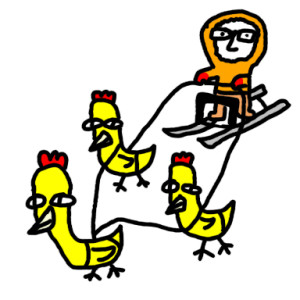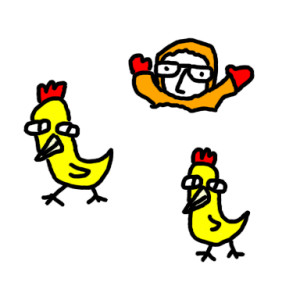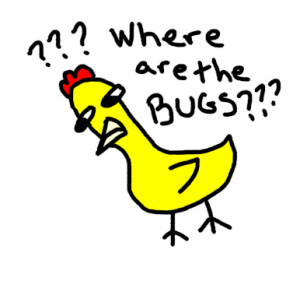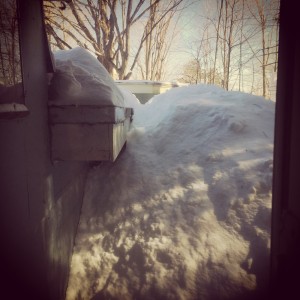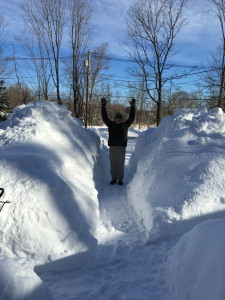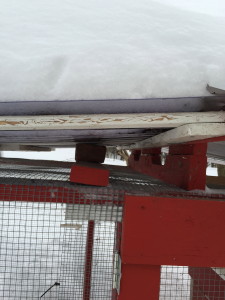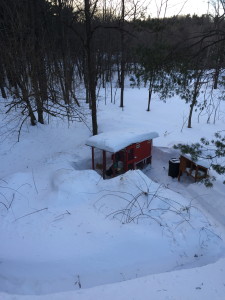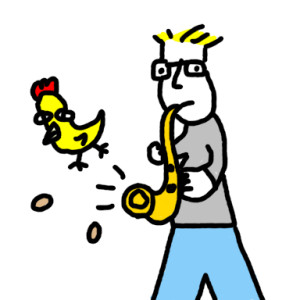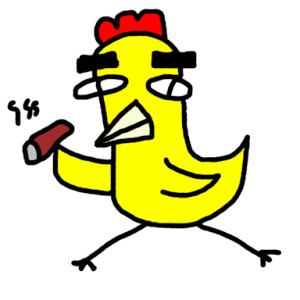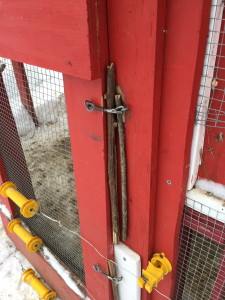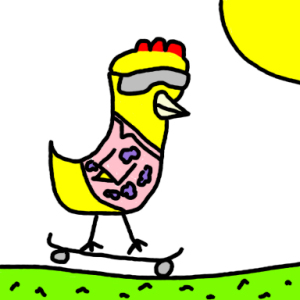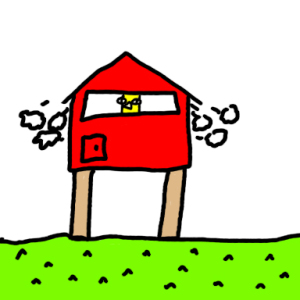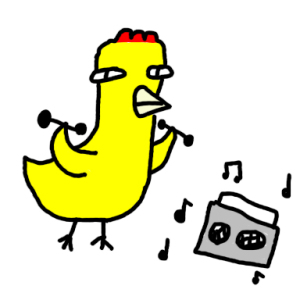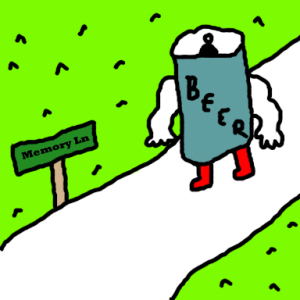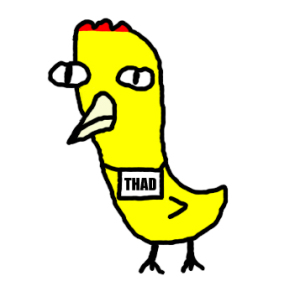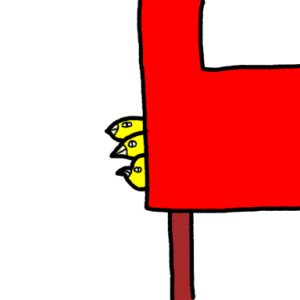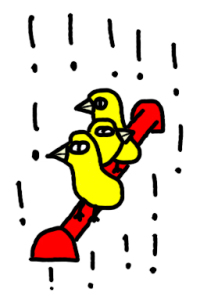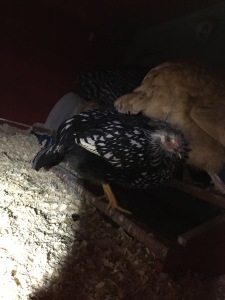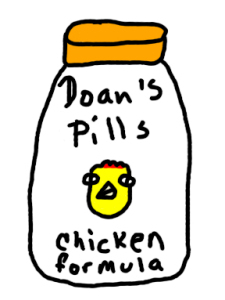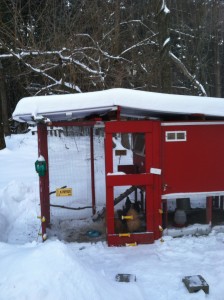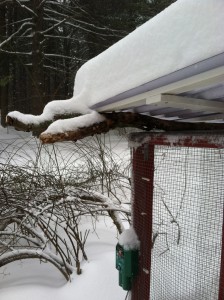It’s Mites Alright
Friday, May 27th, 2016Well, it seems to be that time of year again. I was poking around through the archives, and it seems that last May I was wondering if my chickens had vent gleet or mites, and then I looked at my posts this May and here I am wondering the exact same thing. Given last year’s experience, I’m just going to assume we’ve got mites. And I don’t really need to assume, because I know the importance of chicken butt inspections, and I’m seeing feather loss in that area, and that’s the evil calling card of the mite. They seem to be the obnoxious summer renter of the chicken butt resort town.

Always with the Hawaiian shirts.
The question then becomes what to do? Since this is becoming an annual thing, am I doing something wrong? Or is this just the cost of doing chicken business? Even if it is, how do I get rid of them? What seemed to work last year, despite my reservations, was the “poultry powder” stuff that’s got poison in it. I have been out there with that stuff two weekends in a row, and am currently in the “see what happens” period. As I learned last year, it takes so long for feathers to grow back, it’s hard to know what’s working. So I went in with the biggest gun I had, and am waiting for the smoke to clear. Somewhat literally – this stuff is nasty, and it takes some doing to apply it without poisoning yourself in a giant cloud of it. I go out in a hoodie with the hood up, one of those face masks you use if paint fumes bother you, and rubber gloves. I climb into the coop and powder every bird, which can be tricky since after one or two get done, the others get the memo and try to hide behind each other in the corner. Then, as I am covered in poison, I immediately go into the bathroom, throw all my clothes into the washing machine, and take a shower. It does worry me that I protect my own breathing holes, but can’t do anything for the chickens’. They don’t make little beaky respirators, so this is how it has to go. There’s ventilation in the coop, and I don’t throw it in their faces, but I feel pretty bad about the whole situation. Not as bad as I would if I let them be eaten alive by mites, though, so this is what it comes to.

When your nostrils are up top, things get tricky.
I’ve been doing more research to try to find a better way. Some people swear by hosing the coop and the birds down with dishwashing detergent, while others say this strips the protective oils off their feathers. Some people say tea tree oil is all natural and will kill all the bugs, others say it will also kill the birds. Some people say Product X will do it, and then provide an affiliate link to that product, which costs $150 for a tiny amount. This all is reminding me of how it is I came to use diatomaceous earth (which some people also malign) and the poultry powder. After spending far too much time reading internet arguments, these seemed to be the least contentious cures. And for now, they’re the ones I already have.

It goes a little like this sometimes.
I did come across a couple new methods that sound promising, and less messy and/or problematic. I don’t like to drop name brands (unless these brands want to pay me to do so, please see the “contact” link on this page if this is the case), but these seem to be pretty specific things. One is called “Poultry Protector.” It’s a spray, and I’m pretty sure I’ve seen it at our local feed store. You spray the coop and the butts, and that’s allegedly that. It’s cheap enough that it’s worth a shot. The other is something called “Red Stop Solution.” You put it in their water, and it somehow makes the chickens’ blood unattractive to mites, but will not mess up (by which I mean poison) their eggs. It’s a little pricey, but just putting it in the waterer seems less traumatic for everyone involved. It might be worth the cost to save whatever dignity I have left, assuming there is any. I’m not convinced about the mechanism of action, so it’s on my “maybe” list. I’ll continue to monitor the butt situation and bring in new tools as required. I beat the mites once before, I hope to do it again.

Winston Churchill fought his own battles against mites.
(CREDITS: Theme music: Chicken In The Barnyard by Fireproof Babies, Music Bed: Twenty-fourth of May, mazurka, by the Band of the House, Fred Figner, Rio de Janeiro)
